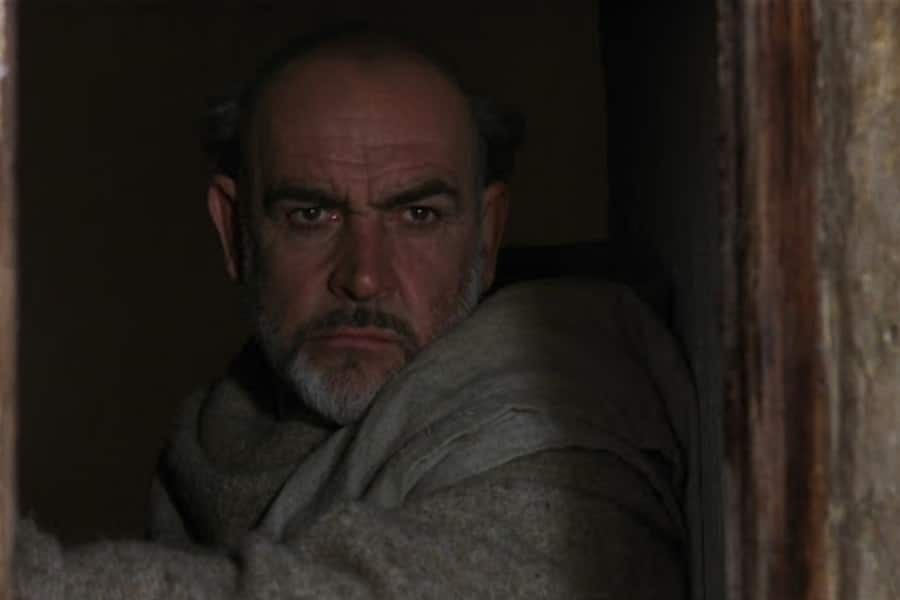
Decoding the Symbols
Mystery novels are labyrinths of secrets, their paths marked by symbols waiting to be deciphered. These symbols, whether historical, religious, cryptographic, or embedded in the very fabric of the narrative, serve as keys to unlocking deeper truths. In the dark corridors of mystery fiction, symbols guide readers through the shadows, revealing hidden messages that drive the plot and deepen the intrigue.
Historical symbols root a story in time, linking the present to the echoes of the past. In “The Da Vinci Code” by Dan Brown, the symbology of Leonardo da Vinci’s artwork is pivotal. The Mona Lisa and The Last Supper are more than masterpieces; they are riddles filled with clues that point to a centuries-old secret. Brown’s use of these symbols draws readers into a world where history and mystery intertwine, each revelation peeling back layers of historical context and intrigue. The symbols aren’t mere decorations; they are integral to the narrative, each one a step closer to the truth.
Religious and occult symbols delve into the esoteric, the mystical underpinnings of the unknown. In “The Name of the Rose” by Umberto Eco, the labyrinthine library of the monastery is filled with religious manuscripts and symbols. The novel’s exploration of heretical texts and forbidden knowledge is driven by these symbols, each one a piece of the puzzle that Brother William of Baskerville must solve. Jean-Jacques Annaud’s film adaptation captures the eerie, gothic atmosphere, where every religious symbol holds a shadow of doubt and danger.
Cryptographic and code-based symbols transform mystery novels into cerebral challenges. In “The Cipher” by Kathe Koja, the central mystery revolves around a strange, pulsing hole in a storage room—a physical manifestation of a cipher. The novel’s cryptic nature is a study in decoding the unknown, where every clue is a step deeper into the abyss. The horror and allure of the cipher drive the narrative, each decoded message unraveling more of the terrifying truth.
Symbolic objects in mystery novels often carry meanings beyond their surface appearance. In “Rebecca” by Daphne du Maurier, the titular character’s presence haunts Manderley through everyday objects. Rebecca’s monogrammed possessions, her handwriting, even her favorite flowers are symbols of her lingering influence and the mystery surrounding her death. Alfred Hitchcock’s adaptation visually intensifies these symbols, making each object a haunting reminder of the unseen specter controlling the narrative.
Symbolism in character names and places weaves hidden messages into the very identity of the story. In “The Shadow of the Wind” by Carlos Ruiz Zafón, the Cemetery of Forgotten Books is a labyrinthine library that symbolizes memory and the past. The names of characters like Daniel Sempere and Julian Carax carry echoes of literary and historical references, their fates intertwined with the books they protect and pursue. The novel’s gothic setting in post-war Barcelona adds layers of meaning to every name and place, each one a symbol of the lingering shadows of history.
Symbols in mystery novels are more than narrative devices; they are the veins through which the lifeblood of the story flows. They connect the reader to deeper layers of meaning, turning the act of reading into a journey of discovery. Each symbol, whether a historical reference, a cryptic code, or a charged object, is a clue to the greater puzzle.
In the realm of mystery fiction, decoding symbols becomes an essential skill. It’s not just about understanding the plot, but about peeling back the layers of meaning that the author has woven into the narrative. These symbols are the keys to the hidden chambers of the story, each one revealing a part of the truth that lies beneath the surface. From the religious icons that hint at dark secrets to the cryptographic puzzles that challenge the mind, symbols are the silent narrators of mystery fiction, guiding readers through the darkness with their hidden light.
More Mystery Features
Locked Room Mysteries
Unraveling the Enigma of Impossibility
Whodunnit Mysteries
The spine-tingling genre that keeps readers on the edge of their seats
Mysteries of the 1970s
A Golden Era for Mysteries



